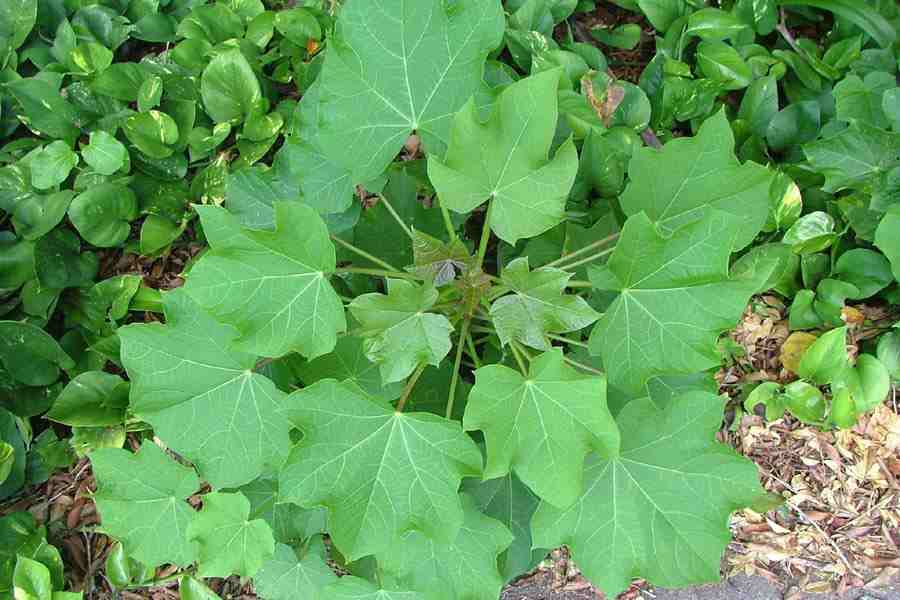Overview
-
Sectors Automotive
-
Posted Jobs 0
-
Viewed 58
Company Description
Jatropha A Feasible Alternative Renewable Resource
Constantly the biodiesel market is looking for some option to produce renewable energy. Biodiesel prepared from canola, sunflower and jatropha can change or be integrated with standard diesel. During very first half of 2000’s jatropha biofuel made the headings as an incredibly popular and appealing alternative. It is prepared from jatropha curcas, a plant types native to Central America that can be grown on wasteland.
Jatropha Curcas is a non edible plant that grows in the dry areas. The plant grows extremely quickly and it can yield seeds for about 50 years. The oil obtained from its seeds can be used as a biofuel. This can be combined with petroleum diesel. Previously it has actually been utilized two times with algae mix to sustain test flight of commercial airlines.
Another favorable technique of jatorpha seeds is that they have 37% oil content and they can be burned as a fuel without fine-tuning them. It is also used for medical function. Supporters of jatropha biodiesel state that the flames of jatropha oil are smoke free and they are effectively checked for motor.

Jatropha biodiesel as Renewable resource Investment has actually attracted the interest of lots of companies, which have tested it for automobile usage. Jatropha biodiesel has actually been road tested by Mercedes and 3 of the automobiles have actually covered 18,600 miles by utilizing the jatropha plant biodiesel.
Since it is due to the fact that of some drawbacks, the jatropha biodiesel have ruled out as a fantastic sustainable energy. The greatest issue is that nobody understands that what exactly the performance rate of the plant is. Secondly they don’t know how large scale cultivation may affect the soil quality and the environment as a whole. The jatropha plant needs 5 times more water per energy than corn and sugarcane. This raises another concern. On the other hand it is to be kept in mind that jatropha can grow on tropical environments with yearly rains of about 1000 to 1500 mm. A thing to be noted is that jatropha needs appropriate watering in the first year of its plantation which lasts for decades.

Recent study states that it holds true that jatropha can grow on abject land with little water and bad nutrition. But there is no proof for the yield to be high. This may be proportional to the quality of the soil. In such a case it might need high quality of land and might need the same quagmire that is dealt with by the majority of biofuel types.
Jatropha has one main downside. The seeds and leaves of jatropha are poisonous to people and livestock. This made the Australian government to prohibit the plant in 2006. The government declared the plant as intrusive types, and too dangerous for western Australian farming and the environment here (DAFWQ 2006).
While jatropha has stimulating budding, there are number of research challenges stay. The importance of detoxification needs to be studied due to the fact that of the toxicity of the plant. Along side a systematic research study of the oil yield need to be carried out, this is really important since of high yield of jatropha would probably needed before jatropha can be contributed substantially to the world. Lastly it is likewise very important to study about the jatropha species that can survive in more temperature level climate, as jatropha is quite restricted in the tropical environments.


